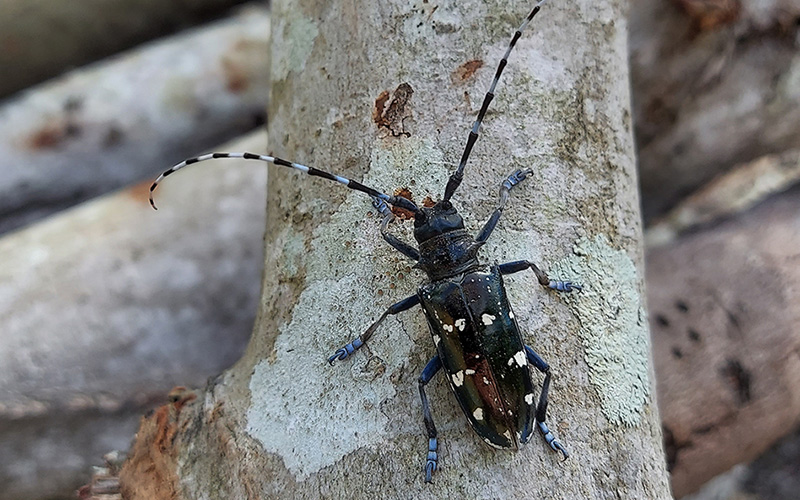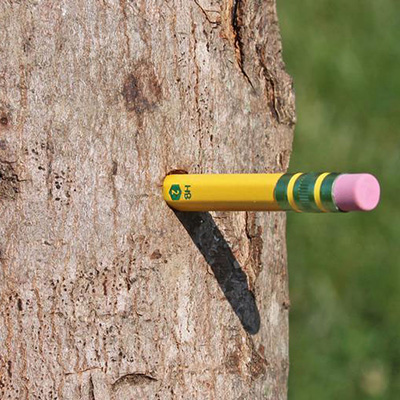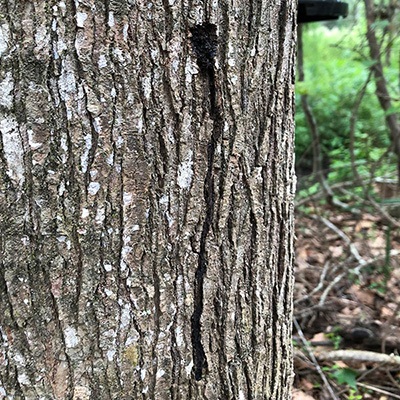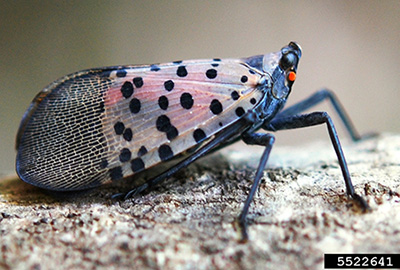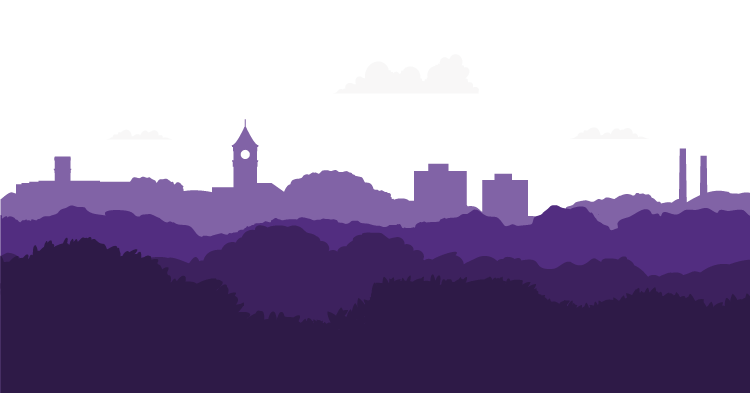Yellow Legged Hornet
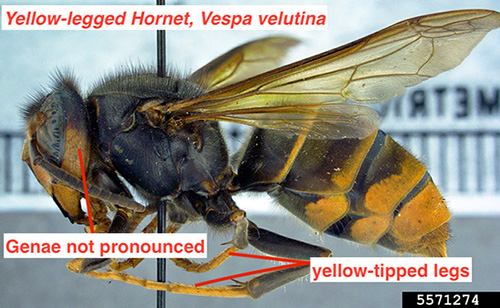
The first North American colony of Yellow-legged Hornet (YLH) was found in Savannah GA, in 2023. YLH is a predatory insect that commonly feeds on other social bees and wasps, including western honeybees. Originally from Southeast Asia, YLH was introduced into France in 2004 where it quickly spread across much of Western Europe. Subsequently, beekeepers reported colony losses resulting from YLH attacks. Establishment of this exotic pest in the U.S. poses a significant threat to our already embattled pollinator populations.
Are you a South Carolina resident concerned about our pollinators? Consider subscribing to the Hornet Herald to stay up to date about this pest and please consider joining Clemson University’s response efforts by constructing and monitoring a yellow-legged hornet trap and reporting suspect hornets.



